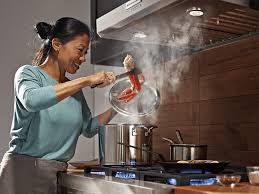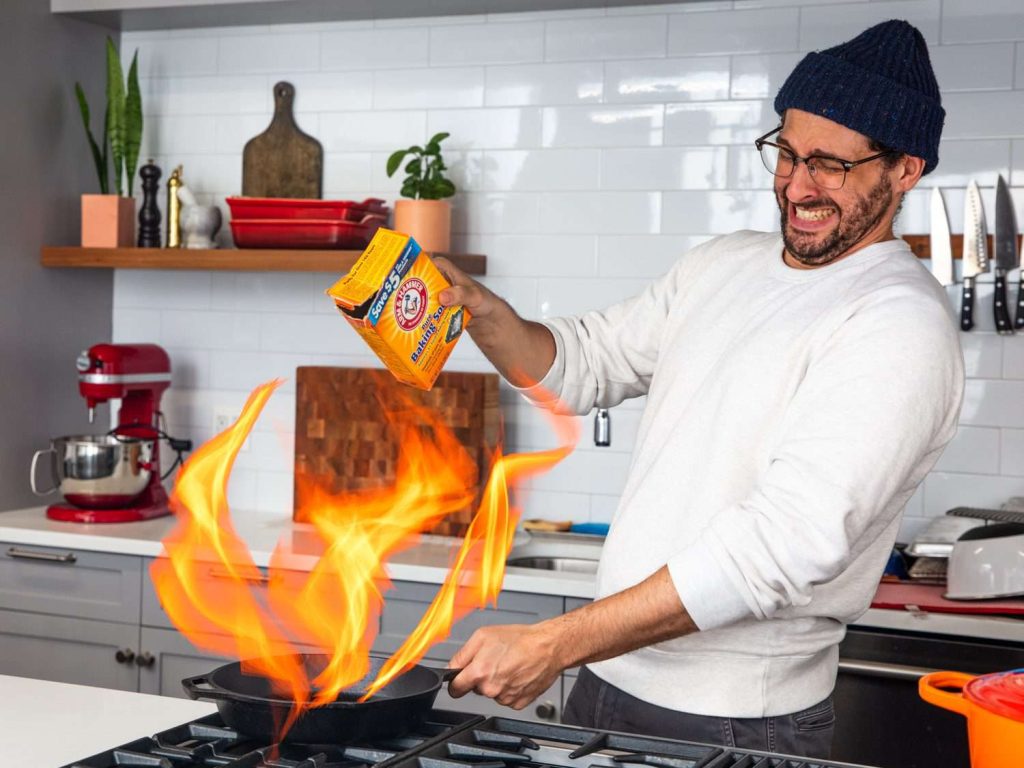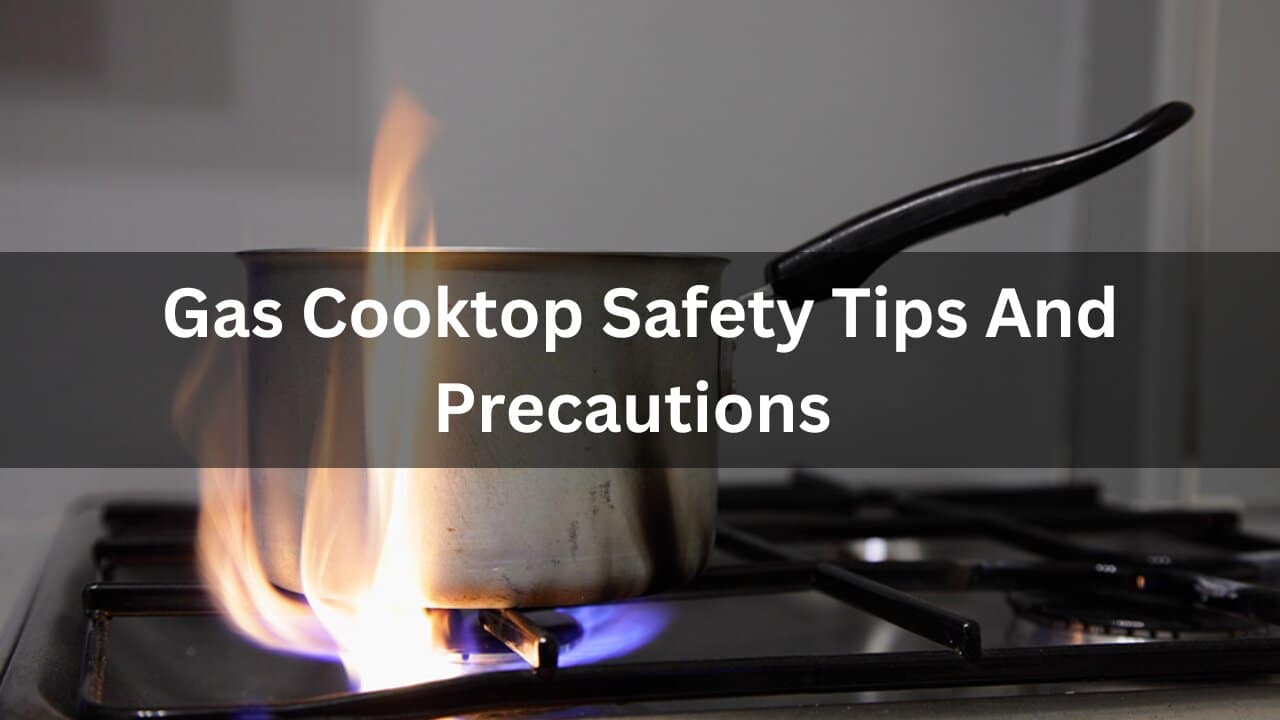Cooking with gas can be a delightful experience. It offers precise temperature control, instant heat, and a professional feel in your kitchen. However, safety should always come first when you’re working with any cooking appliance. Gas cooktops require special attention to ensure that your culinary adventures are not only enjoyable but also safe for everyone involved.
From ensuring proper ventilation to teaching kids about the dangers of fire, there are numerous ways to create a safer cooking environment. Whether you’re an experienced chef or just starting out, understanding these essential safety tips will give you peace of mind while whipping up delicious meals at home. Let’s explore some key practices that will help keep you and your loved ones safe around gas cooktops!
Table of Contents
Understanding Gas Cooktop Safety
Why Gas Cooktop Safety Matters?
Gas cooktops are efficient and offer precise control, but they also pose unique risks:
- Fire Hazard: An open flame can easily ignite flammable materials or spills.
- Gas Leaks: A gas leak can lead to dangerous explosions or health risks due to inhalation.
- Carbon Monoxide: Incomplete combustion can produce carbon monoxide, a colorless, odorless gas that can be harmful if inhaled in large quantities.
Common Risks and How to Avoid Them?
Here’s a breakdown of the most common risks associated with gas cooktops and how to mitigate them:
| Risk | Description | Precautionary Measure |
| Gas Leaks | Gas escaping from connections or fittings. | Regularly check connections for leaks; use a gas leak detector. |
| Open Flames | Flames from burners can ignite nearby objects. | Keep flammable items away from the cooktop; never leave the stove unattended. |
| Carbon Monoxide | Produced from incomplete combustion. | Ensure proper ventilation and use a carbon monoxide detector. |
| Burns and Scalds | Contact with hot surfaces or spilled liquids. | Use oven mitts and handle pots and pans carefully. |
Proper ventilation for gas cooktops
Importance of Ventilation: Dispersing smoke, steam, and harmful gases.
Installation Tips: Range hood or exhaust fan benefits.
Routine Maintenance: Regular checks and cleaning of ventilation systems.

Ventilation and Carbon Monoxide Detection
- Ventilation: Ensure your kitchen is well-ventilated by using an exhaust fan or range hood to remove combustion gases.
- Carbon Monoxide Detectors: Install detectors in your kitchen and near sleeping areas to alert you to any dangerous gas buildup.
Safe storage of flammable materials near a gas cooktop
Clutter Management: Importance of keeping countertops clear.
Storage Solutions: Use cabinets or drawers for essential items.
Mindfulness: Regular checks to avoid hazards.

Teaching children about gas cooktop safety
Education Strategies: Simple explanations and role-playing.
Safety Habits: Emphasizing distance and asking for permission.
Respect for Tools: Instilling a sense of responsibility.

Important safety tips for seniors using a gas cooktop
Kitchen Lighting: Ensuring good visibility.
Long-handled Utensils: Preventing burns and accidents.
Knob Accessibility: Installing covers for safety.
Clutter-Free Environment: Keeping the area clear for maneuverability.
Fatigue Awareness: Encouraging breaks to maintain focus.
Daily Safety Practices
Before Cooking
- Check for Leaks: Inspect your cooktop and gas lines for any signs of leaks or damage before using the cooktop.
- Clear the Area: Remove any items that could potentially catch fire or obstruct your cooking.
While Cooking
- Stay Attentive: Never leave the cooktop unattended while burners are on. A watchful eye helps prevent accidents and ensures timely responses to any issues.
- Handle with Care: Use appropriate cookware and handle it carefully to avoid spills and burns.
After Cooking
- Turn Off Burners: Always ensure all burners are turned off after use to prevent gas leakage.
- Clean Spills Immediately: Clean up any spills or food residues to prevent flare-ups and maintain the cooktop’s condition.
Regular maintenance and inspections for gas cooktop safety
Regular maintenance is essential for ensuring the safety of your gas cooktop. Small issues can escalate if left unchecked, leading to potential hazards.
Routine Checks: Cleaning burners and inspecting gas lines.
Igniter Maintenance: Ensuring proper function.
Professional Inspections: Scheduling yearly expert checks.
Documentation: Keeping records of maintenance for tracking issues.
Enhancing Safety with Technology
Gas leak detectors are essential for alerting you to potential hazards. Here’s a comparison of popular models:
| Model | Features | Price Range |
| Model A | Real-time alerts, digital display | $50 – $80 |
| Model B | Smart connectivity, app alerts | $70 – $120 |
| Model C | Basic detection, LED indicators | $30 – $50 |
Automatic Shut-off Systems
Modern gas cooktops may include automatic shut-off systems that turn off the burners if they detect issues like overheating or unattended operation. These systems enhance safety by reducing the risk of accidents.
Conclusion
Gas cooktops bring an exceptional level of control and efficiency to the kitchen, but their use demands a conscientious approach to safety. By adhering to these safety tips and precautions, from ensuring proper ventilation and maintaining a clutter-free cooking area to educating family members and implementing advanced technologies, you can create a secure cooking environment. Regular maintenance, vigilant operation, and appropriate safety measures will help you fully enjoy the benefits of gas cooking while minimizing risks. Keep these guidelines in mind, and your culinary adventures will be as safe as they are delicious. Happy cooking!
Related Articles:
Gas Cooktop Design And Features Complete Info 2024
Comprehensive Guide To Gas Cooktop Maintenance And Care 2024
FAQs
How often should I have my gas cooktop inspected?
It’s recommended to have your gas cooktop inspected by a professional at least once a year to ensure safety and proper functioning.
What should I do if I detect a gas leak?
If you detect a gas leak, do not use electrical switches or appliances. Ventilate the area by opening windows and doors, and contact a gas service provider immediately.
How can I ensure proper ventilation in my kitchen?
Install an exhaust fan or range hood that vents to the outside. Ensure that your kitchen has adequate airflow to remove combustion gases effectively.
What are the signs of incomplete combustion on a gas cooktop?
Signs of incomplete combustion include yellow or orange flames and a gas odor. If you notice these signs, check and clean the burners or consult a professional to adjust the air-to-gas ratio.




